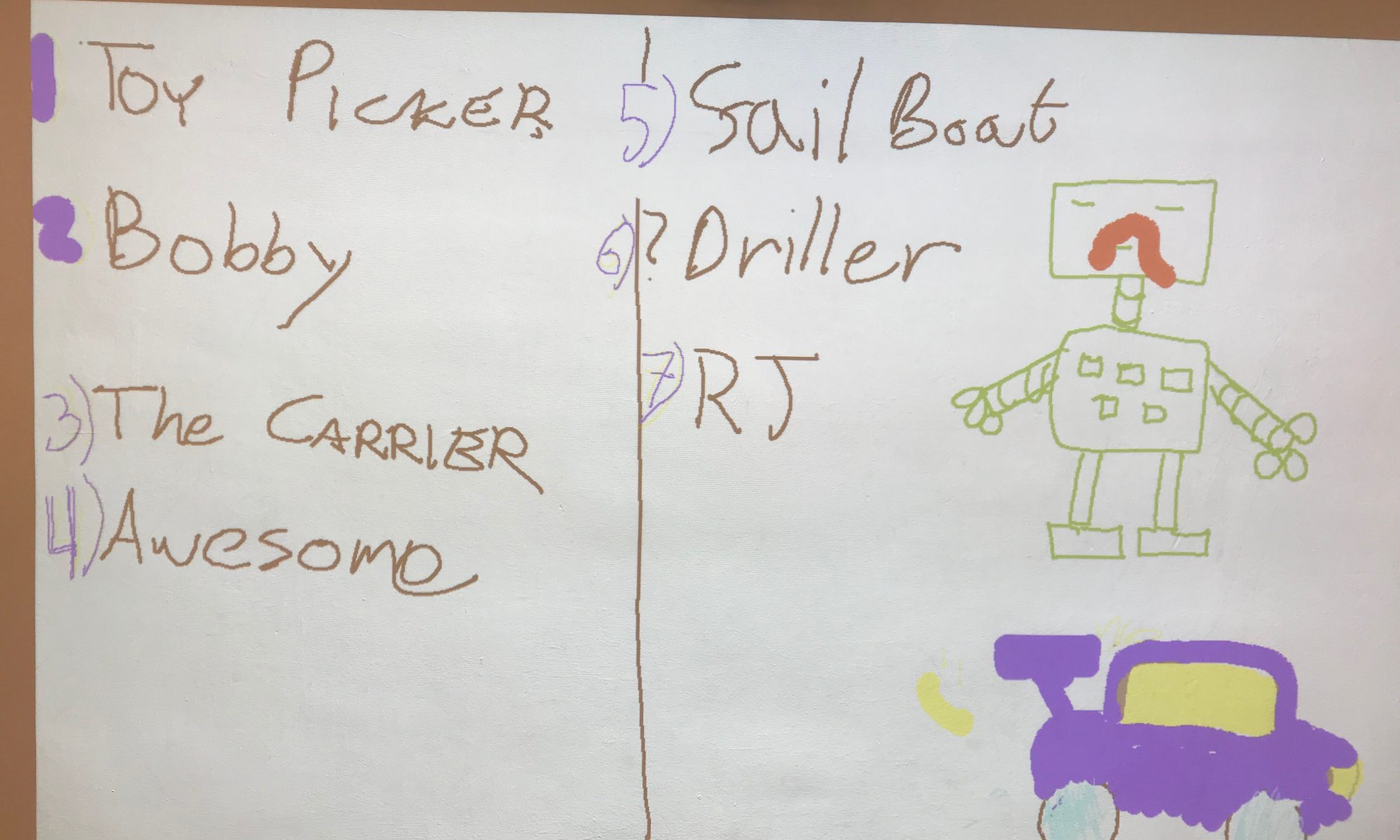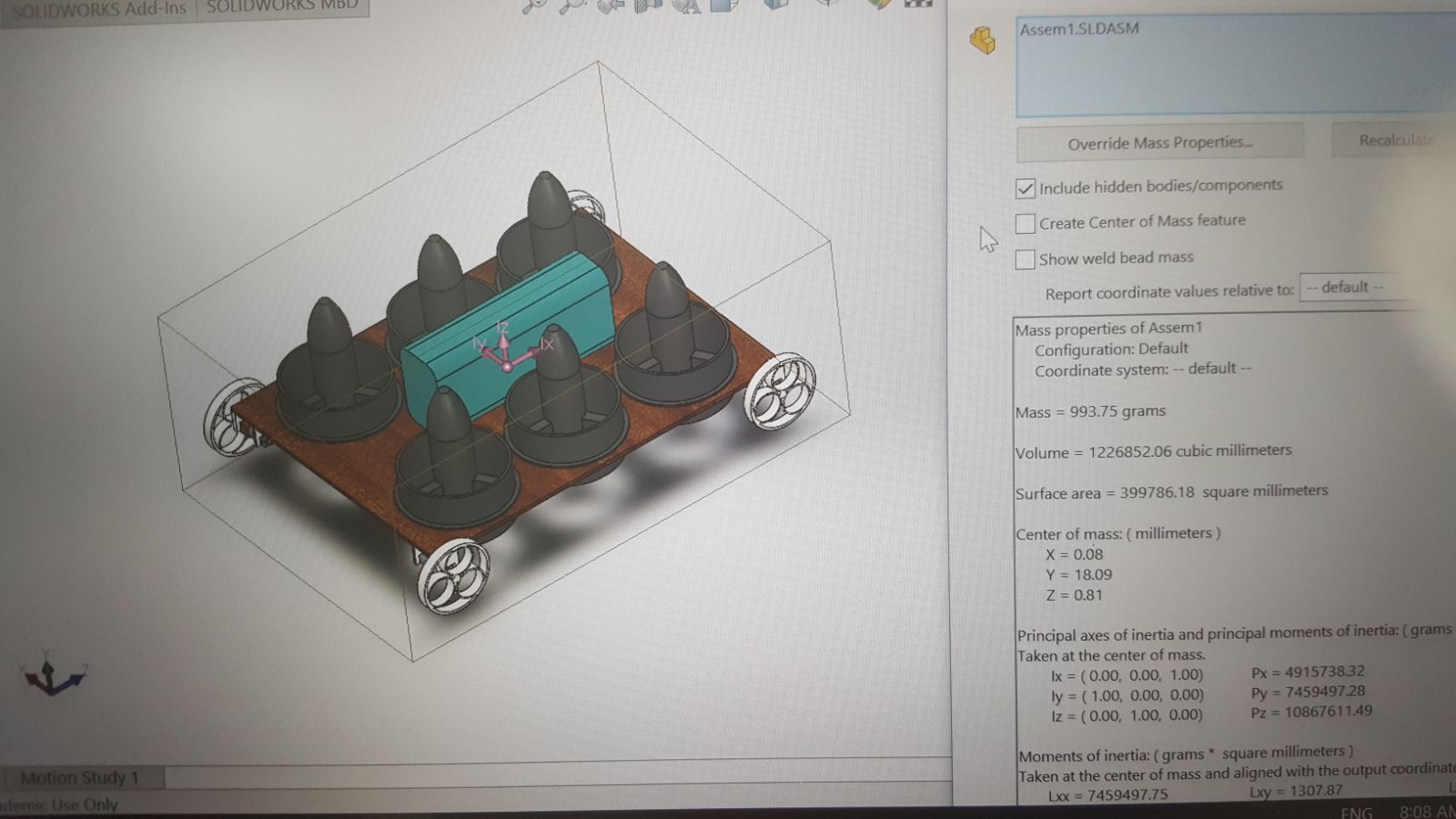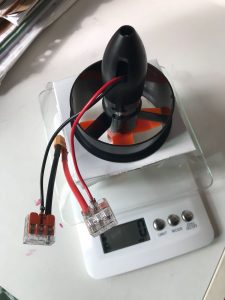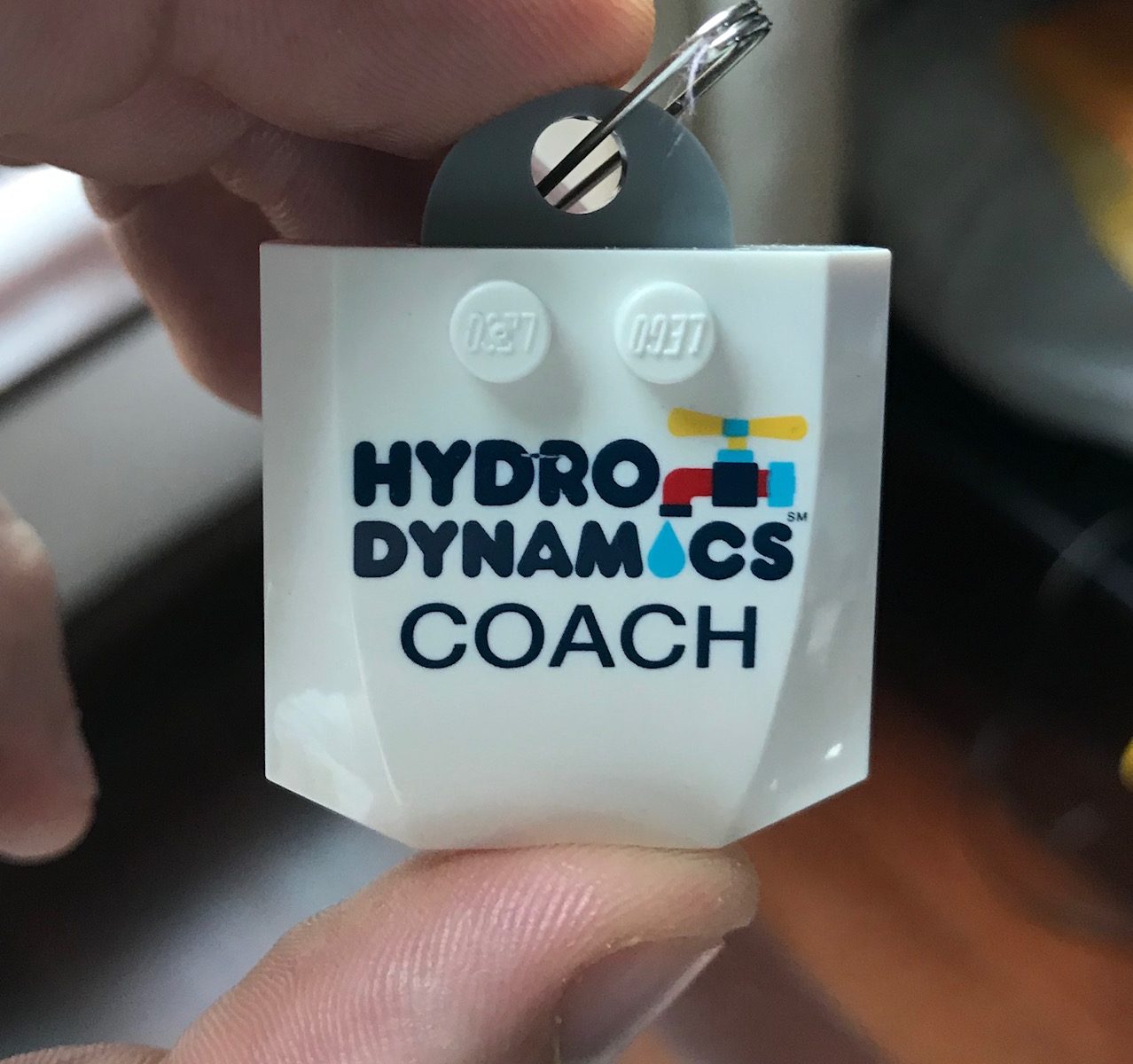Last week we started a 20-week recreational Robotics CCA at Temasek Primary. The cohort is called The Roboteers.
I partnered with Zahab G., our most recent addition to the Aposteriori family. Zahab has a Master’s in Chemistry and has been working with children in holiday camps and as a tutor for GCSEs and other secondary school-level tests. Zahab is enthusiastic and energetic – just the right mix of smarts, playfulness, and curiosity that can help ignite a pre-teen’s imagination.
We decided to coordinate a Robot Talent Show/Parade for this course, as opposed to the tired Line-Following, Sumo or other types of basic robotics competitions. The students are being tasked to complete a very open-ended task – exhibit a robotic talent of their choice. The first week they had crazy ideas like fire-breathing dragons, and death-defying daredevil robots. The second week we started prototyping and quickly settling on likelier choices – like pickers/sorters/collectors, art-makers, uniquely-actuated machines, and obstacle avoiders.
At the end of Week 2 prototyping, we still have some unsettled teams, but the process is becoming clearer as each team is asked to share their ideas with the rest of the class. The next challenge is to stir away from prototyping and into actualizing without giving up on the initial idea when implementation hits difficulties – a likely event on all such projects. In any case, the students seem very engaged in the process, with a few minor exceptions, and are enjoying themselves quite a bit, so far.
With 36 students and just 2 instructors, I find it challenging to manage the teams and keep them on target at all times, but luckily we have a disciplinary team of teachers in the room with us to keep the students in check if things get out of hand and a whole class is derailed due to nonsense.
Next week we will begin more technical discussions on drivetrains, gears and other simple machines. Look out for updates on the Roboteers Talent Show!





